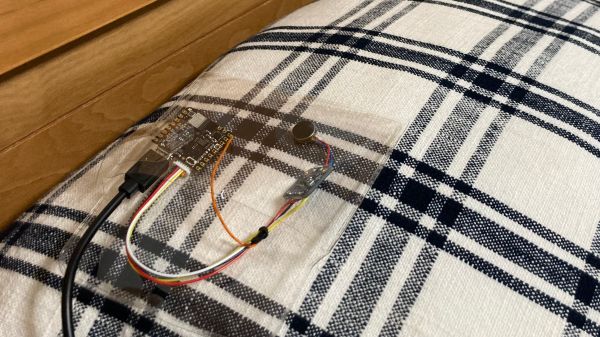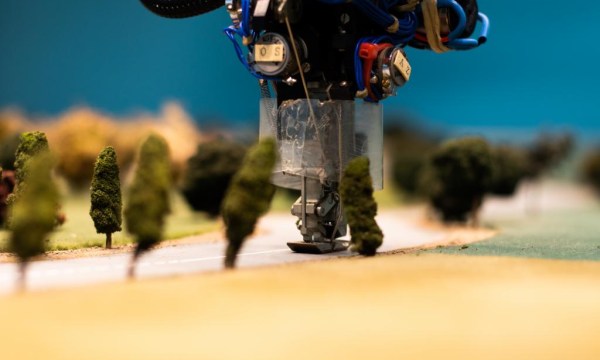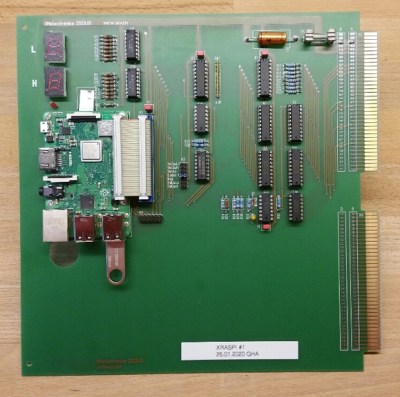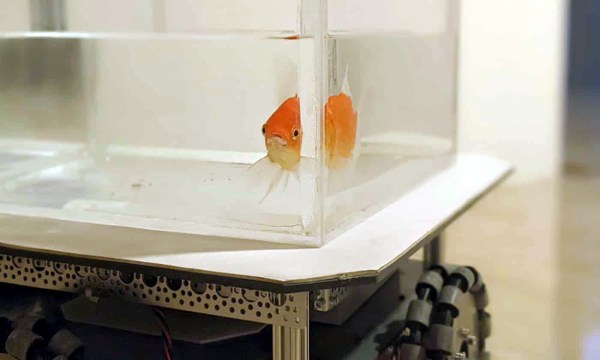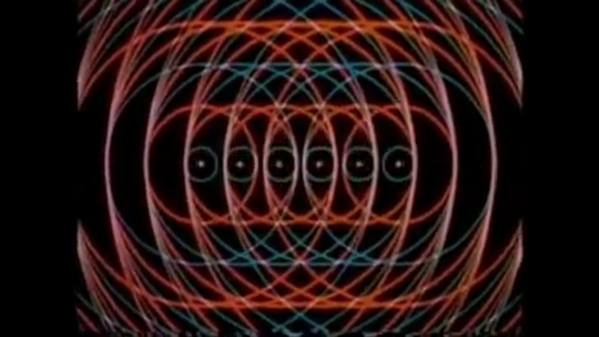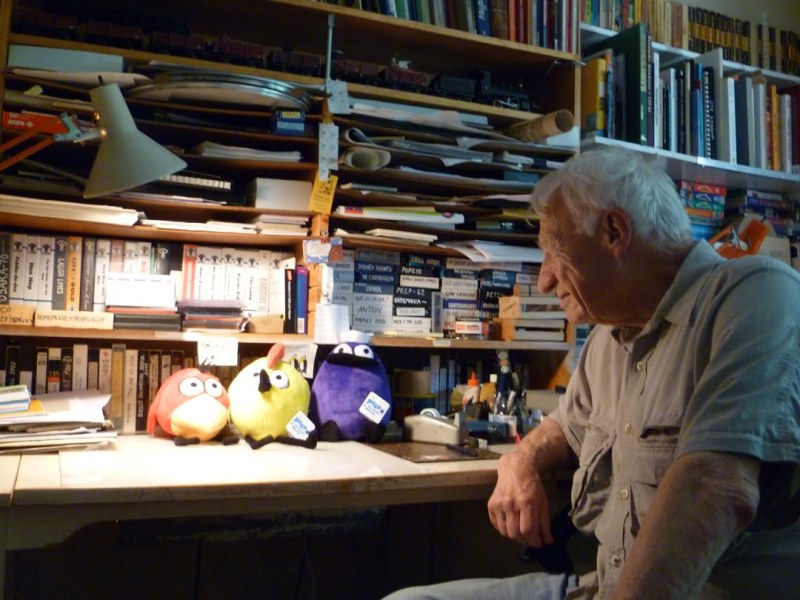There are certain tasks that humans perform every day that are notoriously difficult for computers to figure out. Identifying objects in pictures, for example, was something that seems fairly straightforward but was only done by computers with any semblance of accuracy in the last few years. Even then, it can’t be done without huge amounts of computing resources. Similarly, driving a car is a surprisingly complex task that even companies promising full self-driving vehicles haven’t been able to deliver despite working on the problem for over a decade now. [Austin] demonstrates this difficulty in his latest project, which adds self-driving capabilities to a small go-kart.
[Austin] had been working on this project at the local park but grew tired of packing up all his gear when he wanted to work on his machine-learning algorithms. So he took all the self-driving equipment off of the first kart and incorporated it into a smaller kart with a very small turning radius so he could develop it in his shop.
He laid down some tape on the floor to create the track and then set up the vehicle to learn how to drive by watching and gathering data. The model is trained with a convolutional neural network and this data. The only inputs that the model gets are images from cameras at the front of the kart. At first, it could only change the steering angle, with [Austin] controlling the throttle to prevent crashes. Eventually, he gave it control of the throttle as well, which behaves well except at the fastest speeds.
There were plenty of challenges along the way, especially when compared to the models trained at the park; [Austin] correctly theorized that the cause of the hardship in the park was a lack of contrast at the boundary between the track and any out-of-bounds areas. With a few tweaks to the track, as well as adding some wide-angle lenses to his cameras, he was able to get a model that works fairly well. Getting started on a project like this doesn’t have as high of a barrier to entry as one might imagine, either. Take a look at this comprehensive open-source Python library for self-driving projects. If you want to start smaller, perhaps don’t start with a self-driving kart.



